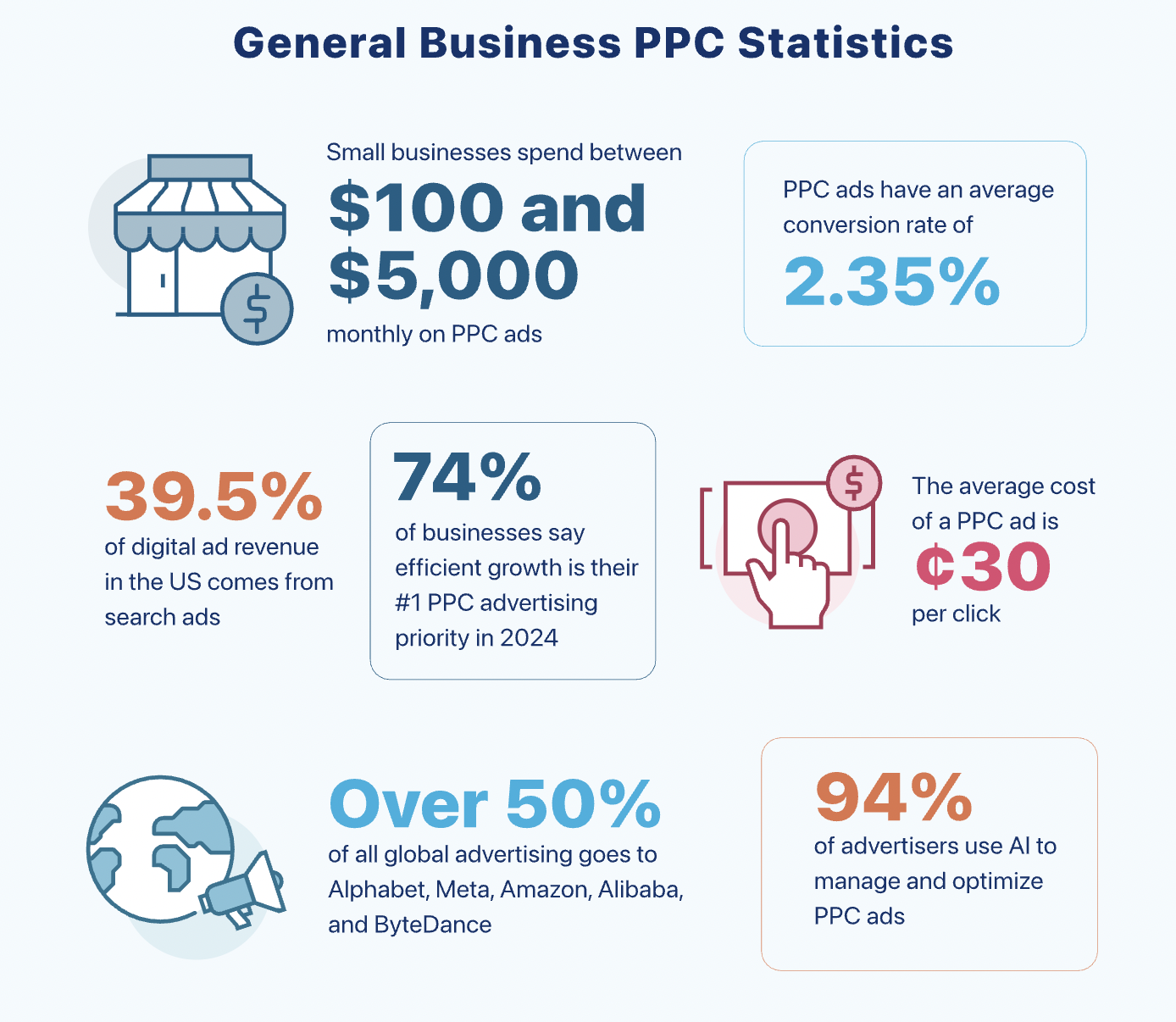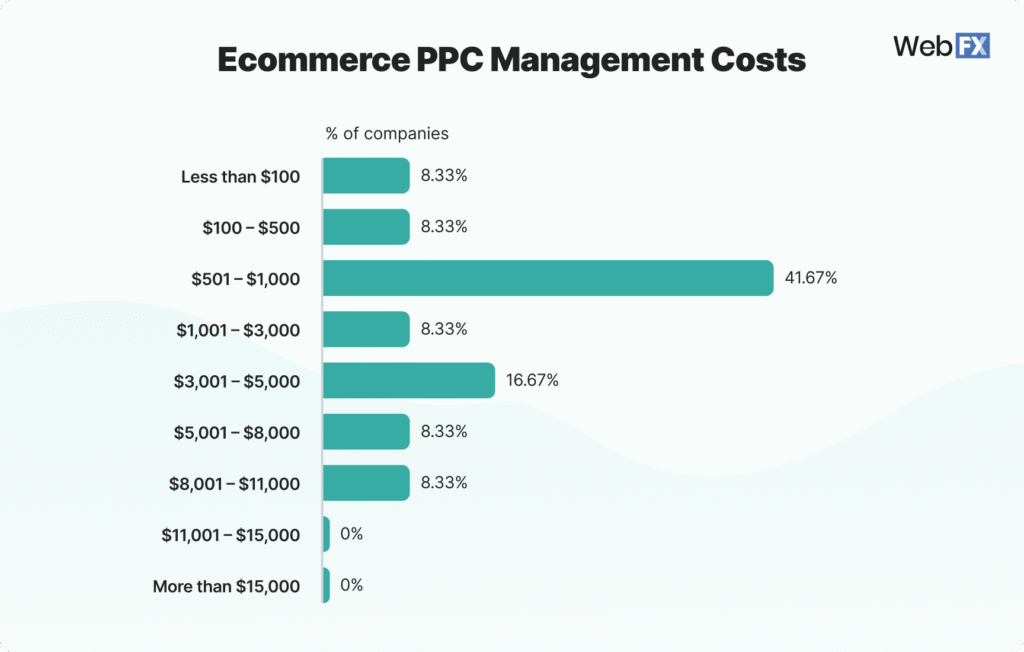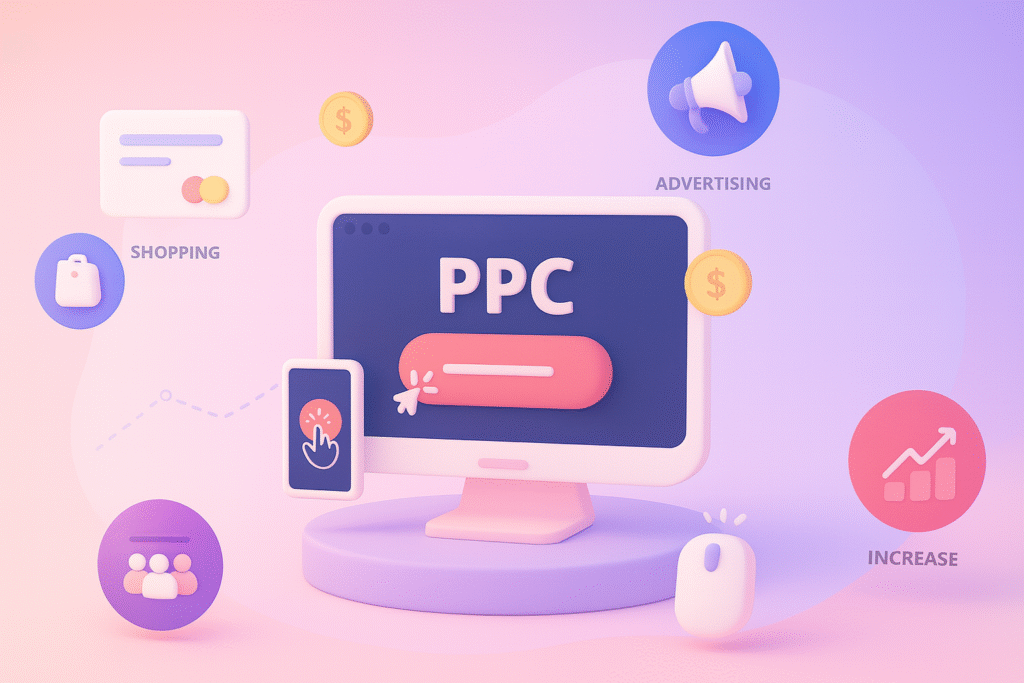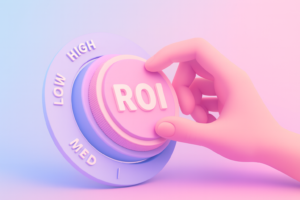Pay-per-click (PPC) advertising has turned out to be one of the strongest growth enhancers for online shops.
My study indicates that e-commerce PPC is now not just an optional marketing tactic but rather a necessary one for brands aspiring to compete and prosper in a digital market that is getting more and more difficult to breathe.
Companies from Amazon PPC management to the whole range of eCommerce PPC services are acknowledging the fact that paid advertising, if done strategically, can make the transition from browsing to buying happen sooner than with organic marketing methods.
The article presents my sharing of the insights derived from my professional experience and market research about the way of converting PPC campaigns that really provide measurable results for eCommerce brands.
Understanding eCommerce PPC
To my understanding, PPC advertising refers to a digital marketing model wherein advertisers pay a nominal charge for every click made on their ad by a potential customer.
In ecommerce PPC, the companies direct traffic to their product listings, landing pages, or online stores.
This also lets them reach out to the intended customers who are actively carrying out a search for their products.
When eCommerce PPC is managed properly, it can be a great contributor to sales growth, brand recognition improvement, and the establishment of a regular revenue client base.
And that’s why (thanks to the data from the market) companies that use PPC in the right way with the proper campaign optimization may get returns of 200% to 400% on their investment.
Why PPC Is a Key to eCommerce Growth

According to my research, the competitiveness of online retail implies that the use of organic traffic cannot be the only source of revenue.
The search engines and marketplaces are full of users, and the customers hardly ever go past the first page of results.
In this regard, PPC becomes the ultimate hero. It makes sure that your products are shown to the right people at the right time.
An eCommerce PPC agency that has experience can assist you in finding the most profitable keywords, writing the ad copy that attracts attention, and managing your bids in a very efficient way.
This expert and automated approach can very much reduce the ad spend that is not converted and increase the amount of conversion at the same time.
In addition, there is the advantage of immediate results when it comes to PPC campaigns.
On the contrary, SEO takes months to show progress, whereas PPC drives traffic instantly, which makes it perfect for product launches, sales promotions, or new market testing.
Amazon PPC: A Game-Changer for eCommerce Sellers
For those of you who are selling on Amazon, using the Amazon PPC advertising services is a must.
The internal search engine of Amazon favors sponsored ads; thus, by using PPC strategically, your listings may even be placed above the natural results.
The Amazon PPC agency knows how to enhance the campaigns to gain higher visibility and thus, sales can be made faster.
My market research estimates that sellers who regularly apply for Amazon PPC services have a high conversion rate, and their organic rankings are also getting better thanks to the increased traffic and sales data.
You can choose between hiring an Amazon PPC professional or taking care of campaign management in-house, but the main points you need to work on are: targeting keywords, bid optimization, and ad placement.
A constant review of your Advertising Cost of Sale (ACoS) will help you to keep your campaigns profitable and to scale them efficiently.
How to Build a High-Converting eCommerce PPC Campaign
Based on my research, it is necessary to take quite a few strategic steps in order to build a profitable PPC campaign for e-commerce.
Each step is essential to the whole process of acquiring, interacting with, and finally selling to potential customers.
1. Keyword Research and Targeting
Keyword research is the groundwork for any PPC campaign. Look for terms that indicate the intention of the buyer rather than simply the volume of searches.
For instance, instead of going after “running shoes,” it is better to target “buy men’s running shoes online” or “best women’s trail running shoes.”
Long-tail keywords like that usually have a higher rate of conversion.
Using Google Keyword Planner, SEMrush, and Helium 10 are ways to get information about your audience’s interests.
According to market research, using a mix of both branded and non-branded keywords will ensure the highest visibility for your brand throughout the different stages of the customer journey.
2. Ad Copy That Converts
Your ad copy is like your virtual salesman. It must be convincing, straightforward, and centered around the customer’s needs.
Make unique selling propositions, limited-time offers, or social proof very noticeable to the audience. From my point of view, ads addressing customer pain points are more likely to succeed than broad promotions.
For instance, a high-converting ad could say, “Step Up Your Style – Get 20% Off Premium Running Shoes Today!” instead of just “Buy Shoes Online.”
3. Landing Page Optimization
Getting clicks is only partially successful; the rest is turning them into sales. Make sure that your landing pages are fast, support mobile devices, and are nice to look at.
Provide trust factors such as comments, transparent pricing, and hassle-free payment methods.
My understanding is that making the user path easier translates into lower bounce rates and higher conversion rates.
A good landing page can increase the ROI by as much as 40%.
4. Bid Strategy and Budget Allocation
As per market research, setting the right bid strategy is crucial for maintaining profitability. Start with automatic bidding to gather performance data, then switch to manual bidding for better control once you identify high-performing keywords.
Allocate a larger portion of your budget to top-performing campaigns and gradually reduce spending on underperforming ones. Continuous testing and optimization are key to scaling effectively.
5. Ad Extensions and A/B Testing
Adding ad extensions such as site links, callouts, and product snippets can significantly improve click-through rates.
These features provide extra information and make your ads more appealing.
Additionally, as I have researched, A/B testing your ad variations (headlines, visuals, and CTAs) helps identify which combinations resonate most with your target audience.
Small changes can lead to big performance improvements over time.
Choose the Right PPC Management Partner
PPC campaigns can be run internally, but it is better to work with a specialist eCommerce PPC management agency since this will save time, resources, and money in the long run.

An agency that specializes in Amazon PPC or eCommerce PPC services has access to experienced professionals, advanced tools, and data insights, which can lead to excellent results.
The top agencies, according to my knowledge, offer clear reporting, ROI-driven strategies, and constant optimization.
They are familiar with the different platforms (Google Ads, Meta Ads, and Amazon Sponsored Products) and adjust their campaigns accordingly.
Measure Success: KPIs That Matter
In order to evaluate the effectiveness of your campaigns, it is important to follow metrics like click-through rate (CTR), cost per click (CPC), conversion rate, and return on ad spend (ROAS).
These metrics tell you if your PPC actions are resulting in growth that is profitable.
It has been noticed during my research that the concentration on long-term profitability instead of short-term sales leads to success that is sustainable.
Performance analysis done regularly provides the opportunity to improve strategies and discover new avenues for scaling.
Future Trends in PPC for eCommerce
PPC in the e-commerce world is changing very fast. The usage of AI and its various features has given rise to the machine learning algorithms that are now helping advertisers to handle bidding, selecting the right audience, and even their creatives in a much better way than before.
From what I have gathered, personalization will be even more important in the future.
Now, there are dynamic ads that change according to users’ actions and past purchases, already beating the static ones.
Video ads and voice search optimization are also being incorporated more into PPC strategies and are taking their share of the spotlight.
The brands and agencies that believe in these innovations and their early adoption will obviously be the ones to win the race.
Final Thoughts
If I use my knowledge and market experience, I would say that the eCommerce PPC investment is one of the safest decisions any online business that wants to grow sustainably can make.
When done right (strategic keyword targeting, compelling ad copy, and continuous optimization), it can result in real and measurable output.
No matter if you are running your campaigns in-house or getting help from an Amazon PPC agency, the objective will always be the same: getting the right audience, converting them proficiently, and finally making a profit from it.
By keeping abreast of market trends, trying out new strategies, and making use of data insights, you can turn your PPC campaigns into strong forces for eCommerce success.
Learn more:









